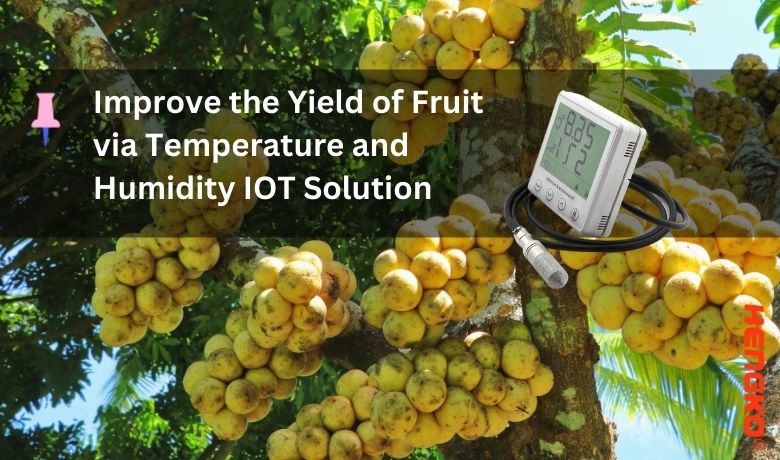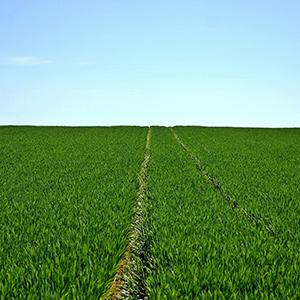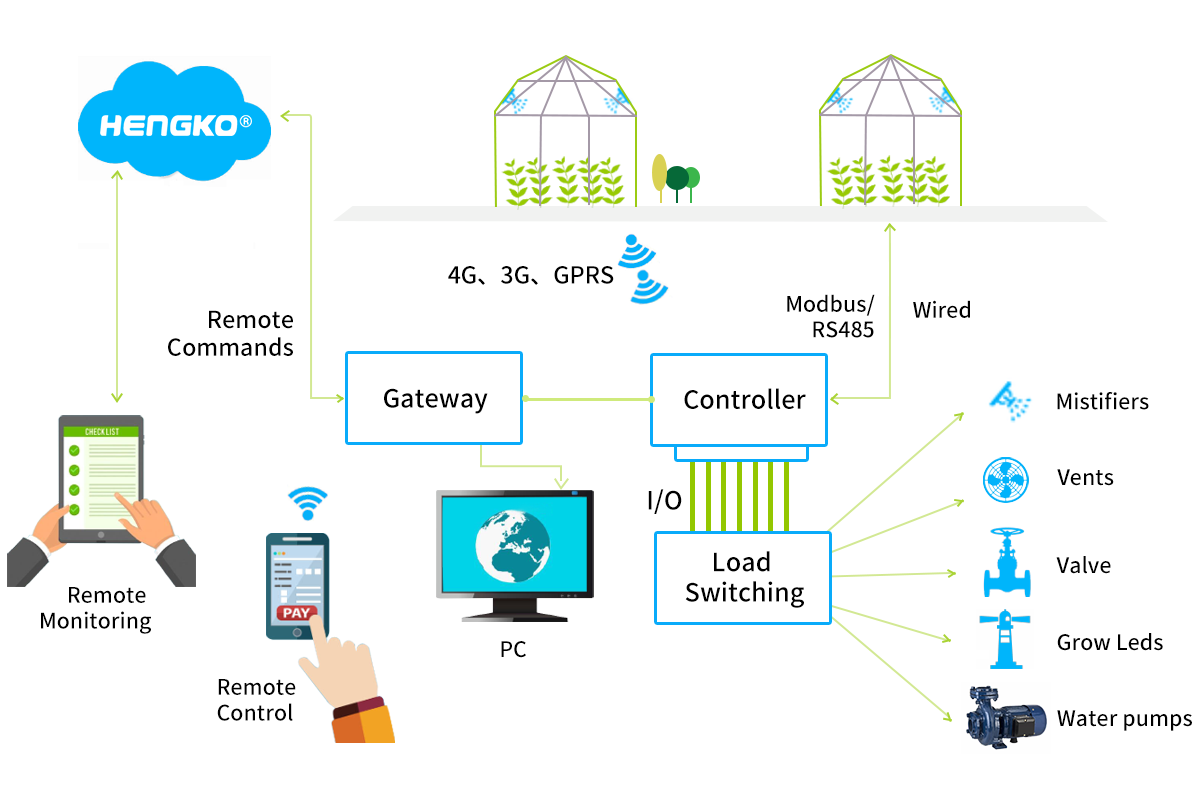How to Improve the Yield of Fruit via Temperature and Humidity IOT Solution ?

1. Why it is So Important Temperature and Humidity to Improve the Yield of Fruit
As we Know, Temperature and humidity are two critical factors that can affect fruit production. Different types of fruit require different temperature and humidity conditions for optimal growth and yield. For example, apples need a cool, moist climate to grow, while grapes require a dry, warm climate.
When the temperature and humidity levels are not ideal, it can lead to poor fruit quality, reduced yield, and even crop failure. This is where temperature and humidity sensors come in handy. So we advice you should care much for the temperature and humidity when you also have fruit project.
In 2016, pilot programs for the use of Internet of Things (IoT) in agriculture kicked off in eight provinces with the introduction of 426 technologies, products and application models. A national data center for agriculture, a national data sub-center for agricultural science and technology and 32 provincial data centers for agriculture were set up, while 33 applications of the industry started operation.
By the end of 2016, more than 10 million rural residents had been lifted out of poverty, reaching the annual target.
The Internet of Things (IoT) is defined as a global infrastructure for the information society, enabling advanced services by interconnecting (physical and virtual) things based on existing and evolving (new) interoperable information and communication technologies.
HENGKO automatic smart control system can measure the air temperature and humidity ,light, soil temperature and humidity and other agricultural environmental factors. According to the requirements of the growth of greenhouse plants, it can automatically control the environmental control equipment such as window opening, film rolling, fan wet curtain, biological light supplement, irrigation, and fertilization, and automatically control the environment in the greenhouse Let the environment reaches the range suitable for plant growth and provide a suitable environment for plant growth.
A Smart Agriculture IoT solution will typically consist of a gateway, sensors and a software platform. The gateway will receive information from the sensors which could be measuring anything from water, vibration, temperature, air quality etc. The gateway will then feed the data recorded by the sensors to a server which will then push the information to a software platform/dashboard to be presented in a user friendly way – HENGKO provides you with the components and the expertise to develop your solution.
2.The Importance of Temperature and Humidity Monitoring in Fruit Production
Fruit production is highly dependent on environmental conditions, particularly temperature and humidity. Each type of fruit has its own set of requirements for optimal growth and fruit quality, and deviations from these requirements can have severe consequences. For example, high temperatures can cause fruits to ripen too quickly, resulting in poor quality or even spoiled produce. On the other hand, low humidity can cause fruits to dry out, leading to a reduction in yield and quality.
Temperature and humidity sensors allow farmers to monitor the environmental conditions of their crops in real-time. This data can be used to identify potential problems and take corrective measures before they impact the crop yield. For example, if the temperature or humidity level is too high, farmers can adjust their irrigation and ventilation systems to maintain the optimal range.
3. How IOT Technology Can Help Improve Fruit Yield
IOT technology can take temperature and humidity monitoring to the next level, allowing farmers to remotely monitor and control their crop environment. By using IOT-enabled temperature and humidity sensors, farmers can access real-time data from their crops through their smartphones or computers. This data can be used to adjust the environmental conditions remotely, saving time and labor costs.
In addition, IOT technology can help farmers identify patterns and trends in their crop environment data. This information can be used to optimize crop management practices and improve yield. For example, if the data indicates that the crop is consistently exposed to high temperatures during a certain time of day, farmers can adjust their irrigation and ventilation systems to prevent this from happening.
4. Implementing a Temperature and Humidity Sensor IOT Project
To implement a temperature and humidity sensor IOT project, farmers need to select the right sensors and IOT platform. Industrial temperature and humidity sensors are often preferred for agricultural applications, as they are designed to withstand harsh environmental conditions and provide accurate and reliable measurements.
Once the sensors are installed, farmers need to connect them to an IOT platform using a wireless network. The IOT platform should provide a user-friendly interface for data visualization and analysis.
Improve your crop yield and quality with temperature and humidity sensor IOT solutions. Contact us today to learn more about our industrial temperature and humidity sensors and IOT platform for agriculture.


